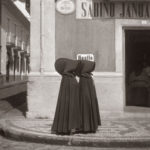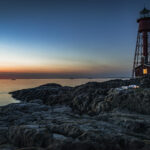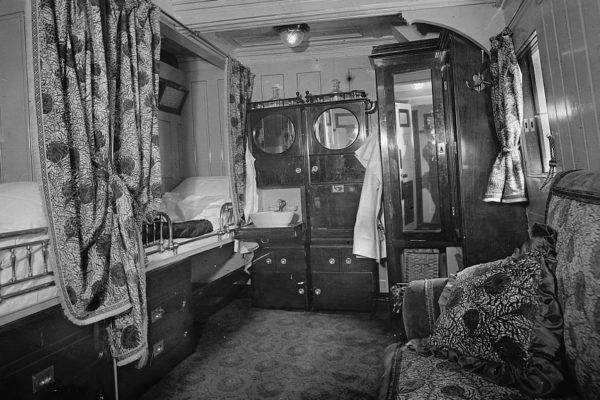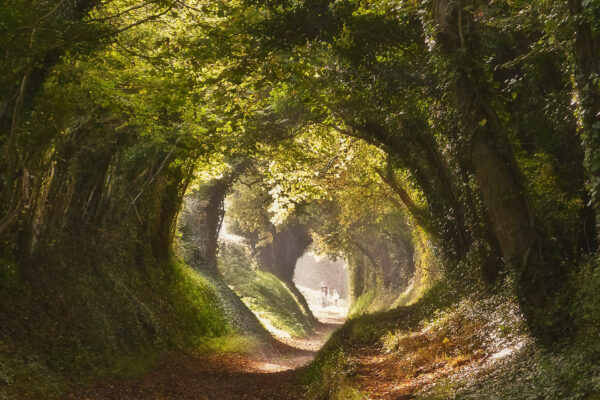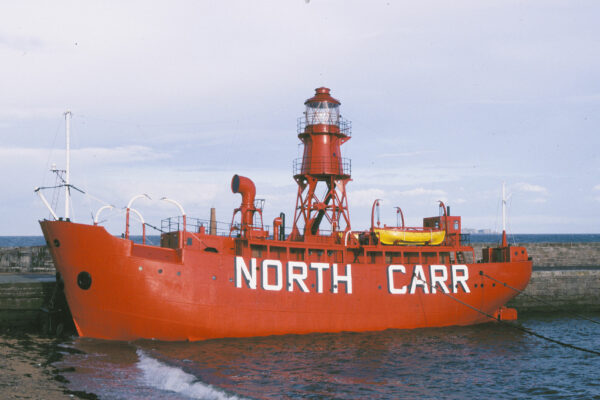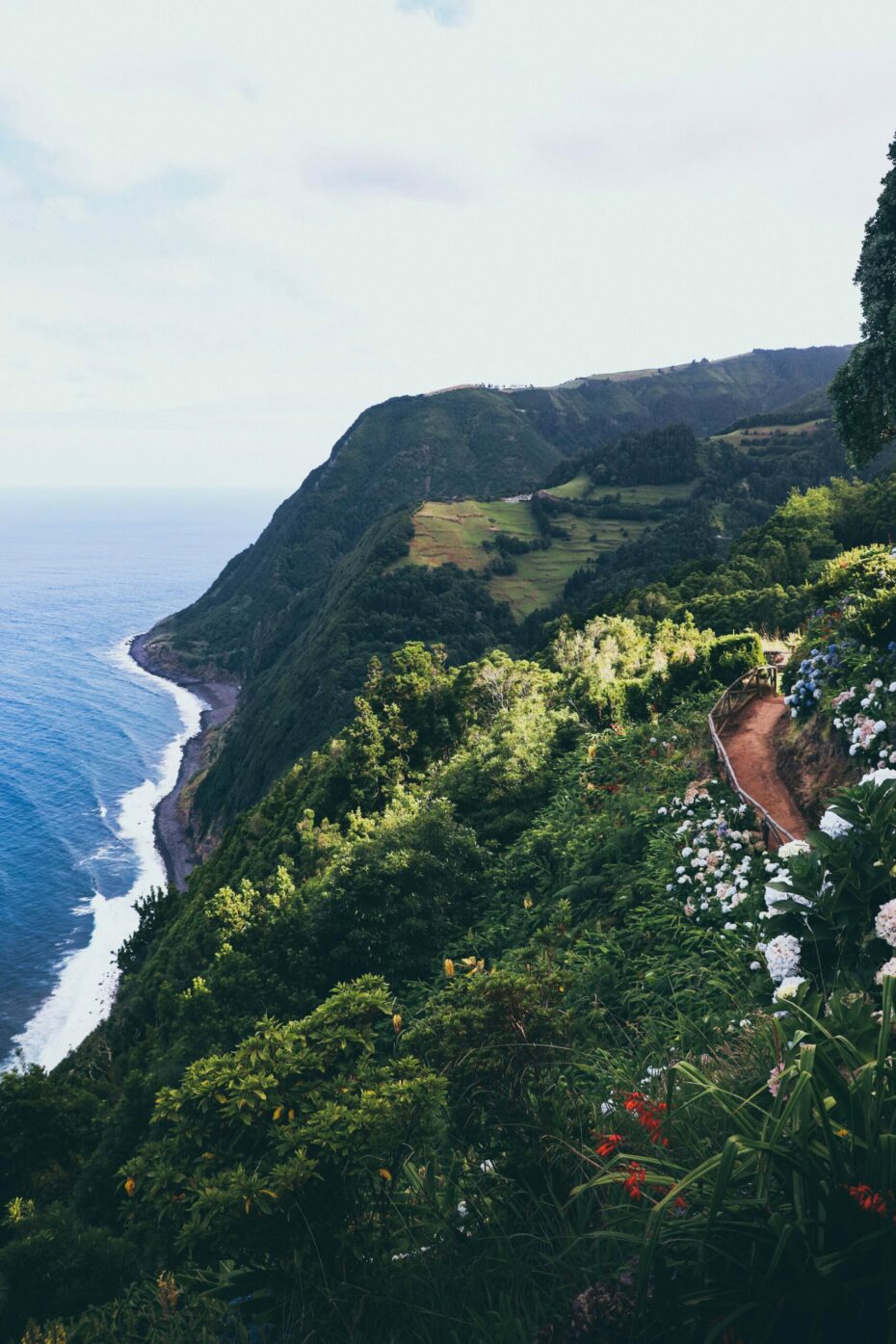
Lost in the Atlantic Ocean, nine islands thrust out of the depth of the sea in a fiery birth created by seismic activity. The archipelago of the Azores, said by some to have even been the fragments left behind from the lost continent of Atlantis – the sunken land said by Plato to have been situated just beyond the “Pillars of Hercules” (today’s Gibraltar) – is not really Europe anymore, but not America either. Although the Azores belong to Portugal today, the islands lie some 1500km from Lisbon and more than 1900km from Newfoundland. Their complex geological history is written into a landscape of volcanic peaks, collapsed calderas, sulphurous fumes, and basalt towers carved by fire and sea. Let’s plan an expedition to explore these ancient islands, where Flemish and Portuguese settlers made their homes, where women once wore strange hooded cloaks that resemble something out of the Handmaid’s Tale, and where rainforests grow inside of extinct volcanoes.



